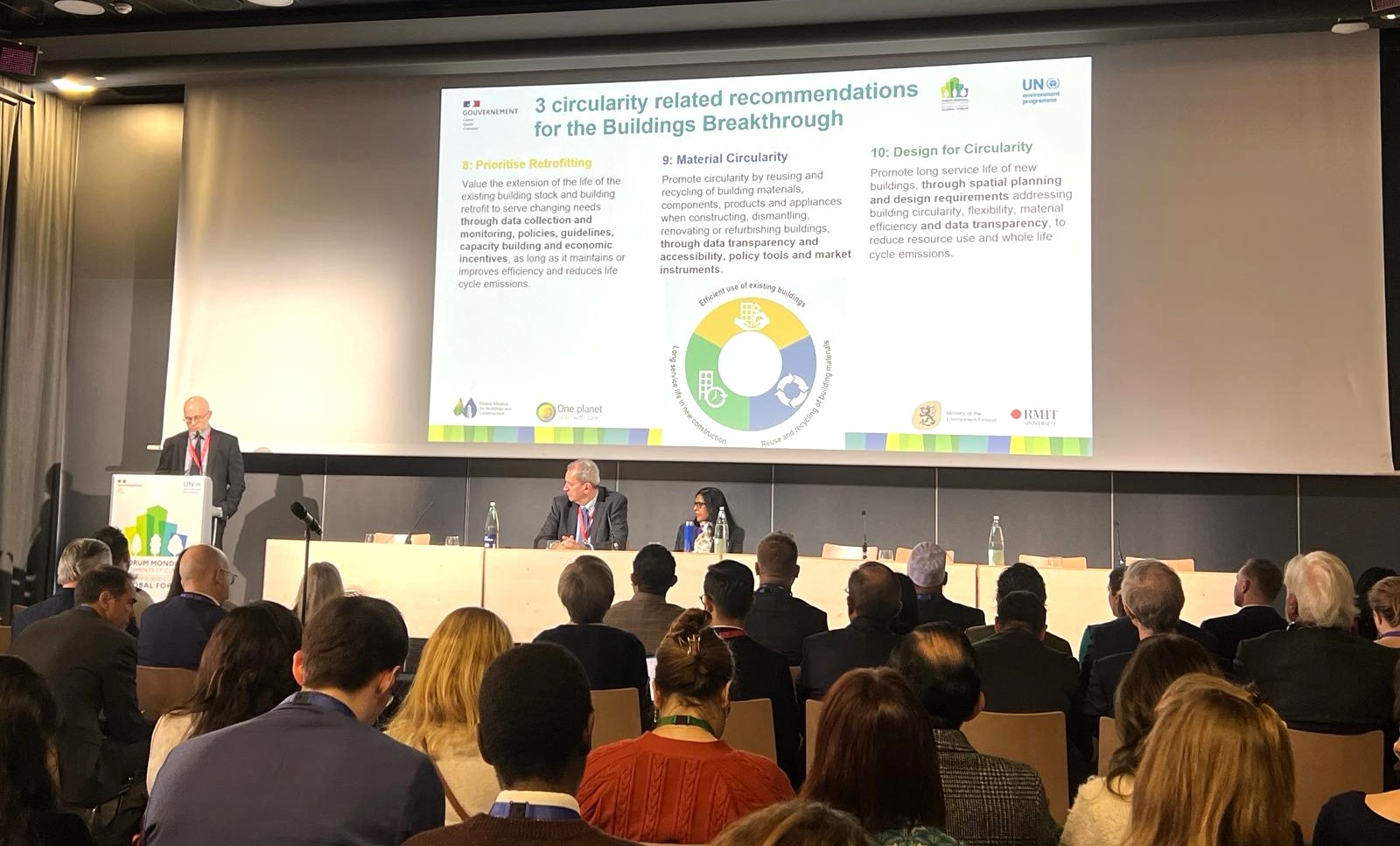Sustainable design of public spaces
What do the Bhairab Kunda Solar Trekking trail in Nepal, the year-round Green Marathon in Zürich, and the Piz Amalia Music Festival have in common? These three diverse tourism projects are all successful outcomes of placemaking - a concept that originated in the 1960s when urban planners introduced a new approach in designing public spaces.
Placemaking is a multifaceted creation process that aims to understand and design a place with all its ecological, economic and social components to create a holistic experience. It upholds the aggregate input of members of the community for whom the public space is intended. Gutundgut operates from the vantage point that architecture, tourism and culture complement one another. In developing projects, gutundgut works in close contact with the local population, believing that a project is only sustainable if the local population benefits - whether in form of work, welfare or enjoyment. The principles of placemaking are enshrined in a recently completed project, the Vajra Eco Resort in Tatopani, Nepal, which is a sustainable hotel complex that donates part of its profit to social projects. gutundgut developed and implemented the resort’s master plan, which incorporates a solar kitchen, biogas recycling facility, organic vegetable garden, its own dairy factory and a small hydroelectric power station, making the hotel selfsufficient. More than just a design philosophy, placemaking is an ongoing circular process of analysis, evaluation, implementation, monitoring and adaptation. Ultimately, this innovative methodology creates greater value for the community by uplifting its overall well-being.


